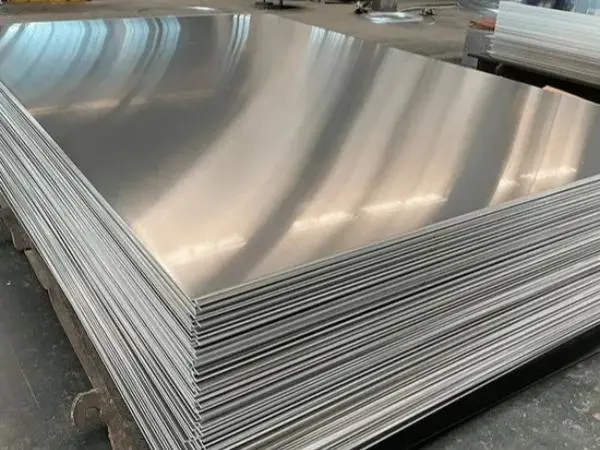- Phone0086 731 8564 8255
- E-mailsales@cscsteel-manufacturing.com
-

The construction and installation of coated steel pipes are critical to ensuring the integrity, durability, and proper functioning of the piping system, particularly for applications involving drinking water or other sensitive uses. Proper procedures, equipment, and handling methods are essential to prevent damage to the pipe's coating and maintain system performance.
1) Compliance with Standards:
The construction and installation of coated steel pipes should be carried out in accordance with the "Technical Regulations for Construction Water Supply Plastic Coated Composite Pipeline Engineering" (CECS125:2001). This standard outlines the necessary technical and safety requirements, ensuring that installation processes meet industry best practices.
2) Essential Construction Equipment:
The following specialized equipment is recommended for handling and installing coated steel pipes to prevent damage to the coating and ensure precise construction:
(1) Cutting Equipment:
Cutting of the coated steel pipe should be done using a metal saw. The use of grinders or torches is discouraged as they can damage the protective coating. Metal saws ensure clean cuts with minimal impact on the integrity of the pipe's coating.
(2) Groove Pressing:
For creating grooves on the pipe, a special groove rolling machine should be used. This machine ensures smooth and accurate grooves without compromising the protective coating, allowing secure connections in the pipeline system.
(3) Pipe Bending Machine:
A cold bending machine should be used for bending coated steel pipes. Cold bending prevents excessive heat from damaging the pipe’s coating. Using a hot bending process could soften or crack the coating, leading to future corrosion issues.
(4) Pipe Threading Machine:
When pipe threads need to be created, a pipe threading machine should be used. This ensures accurate threading and minimizes damage to the pipe surface and coating. Proper threading is critical for tight, leak-proof connections.
(5) Deburring and Edge Processing:
After cutting, the edges and burrs of the plastic-coated steel pipe should be carefully processed using files. Smoothing out the edges is essential to prevent damage to the coating and ensure that the connections between pipes remain tight and secure.
(6) Coating Repair Tools:
Any scratches or damage to the pipe's coating during construction should be immediately repaired using small brushes or toothbrushes to apply high-strength inorganic solvent liquid epoxy resin coatings. This material provides a durable, corrosion-resistant barrier, restoring the integrity of the protective coating. Proper repair of any coating damage is crucial to maintaining the pipe’s long-term performance.
3) Additional Considerations:
Inspection Before Installation:
Inspect each coated steel pipe before installation to ensure there are no defects or damage to the coating. Any visible damage should be repaired immediately to avoid potential corrosion or leaks in the system.
Protecting the Coating:
During transportation and handling, care must be taken to prevent impacts, scratches, or abrasions to the coating. The use of padded supports or cradles is recommended to prevent surface damage.
Correct Jointing Methods:
When connecting pipes, ensure that the correct sealing methods are used to protect both the internal and external coatings. Threaded, flanged, or welded joints must be appropriately sealed to prevent moisture infiltration, which could compromise the coating over time.
Pressure Testing:
After installation, the entire pipeline should undergo pressure testing to check for leaks or weak points. The test pressure should meet or exceed the operational requirements to ensure the system is leak-proof and reliable under working conditions.
By following these key points and using the appropriate equipment, the construction and installation of coated steel pipes can be conducted efficiently, ensuring long-term durability and performance in water supply or other critical piping systems.




